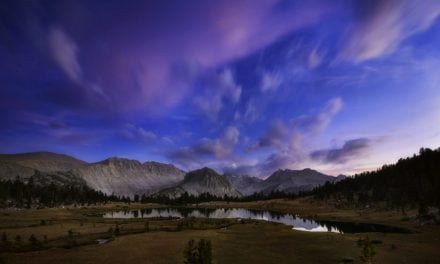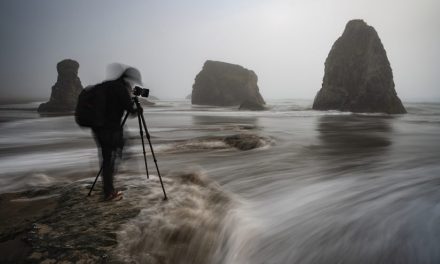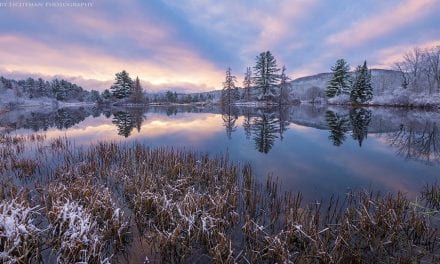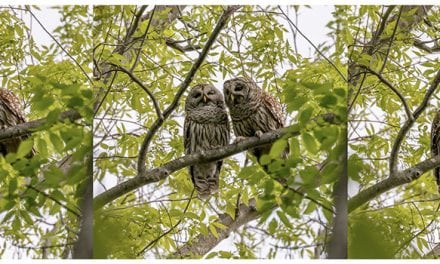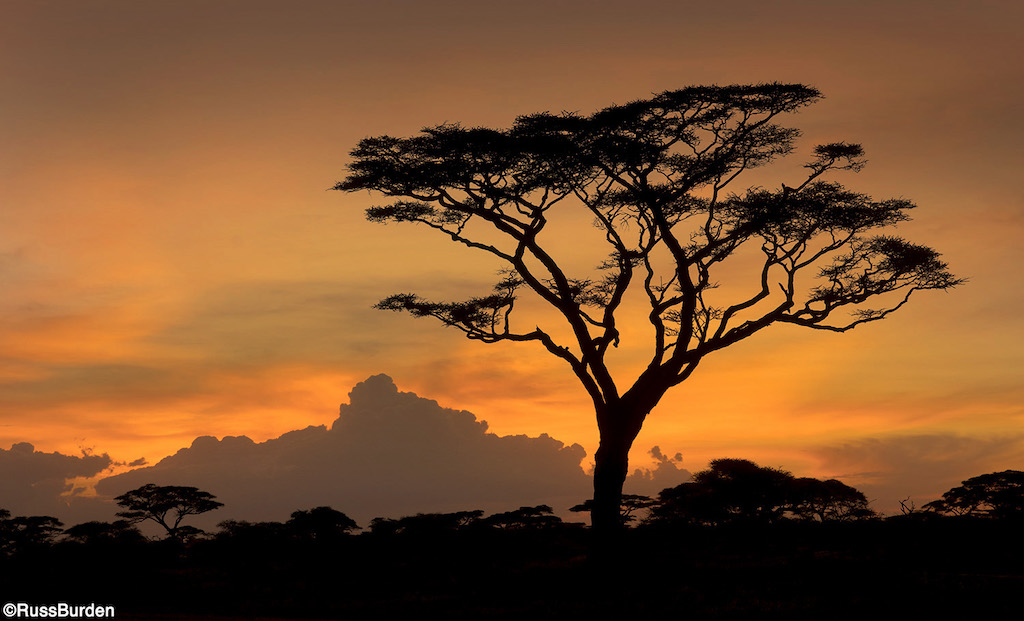
Throughout the 27 years I taught in a classroom, in addition to the hundreds of workshops and safaris I’ve led, a key ethic that I hold onto is preparation. When it’s time for me to rely on those who repair my car, fix an appliance, groom a pet, etc., I want to go in feeling confident all will turn out as I expect. A huge part of that expectation is dependent upon how prepared the person is who performs the task. The same holds true for everyone who picks up a camera and expects to create successful and dramatic photos. Those who are prepared and then head into the field stand a much greater chance of coming home with winners.
The Boy Scout motto is “Be prepared.” I never joined their group, but I always practiced their motto. When it comes to my photography, it especially holds true. My obvious passion is now nature, especially wildlife. Back in the day, as I sought to discover my niche, every weekend was spent photographing brides and grooms. Being prepared meant having a backup of every piece of photo equipment. One particular Sunday, I had a catastrophic equipment failure of a camera body, flash and flash cord. I was prepared with backups for all. That near disaster proved and reinforced the importance of preparation. Preparation in photography is a good thing.
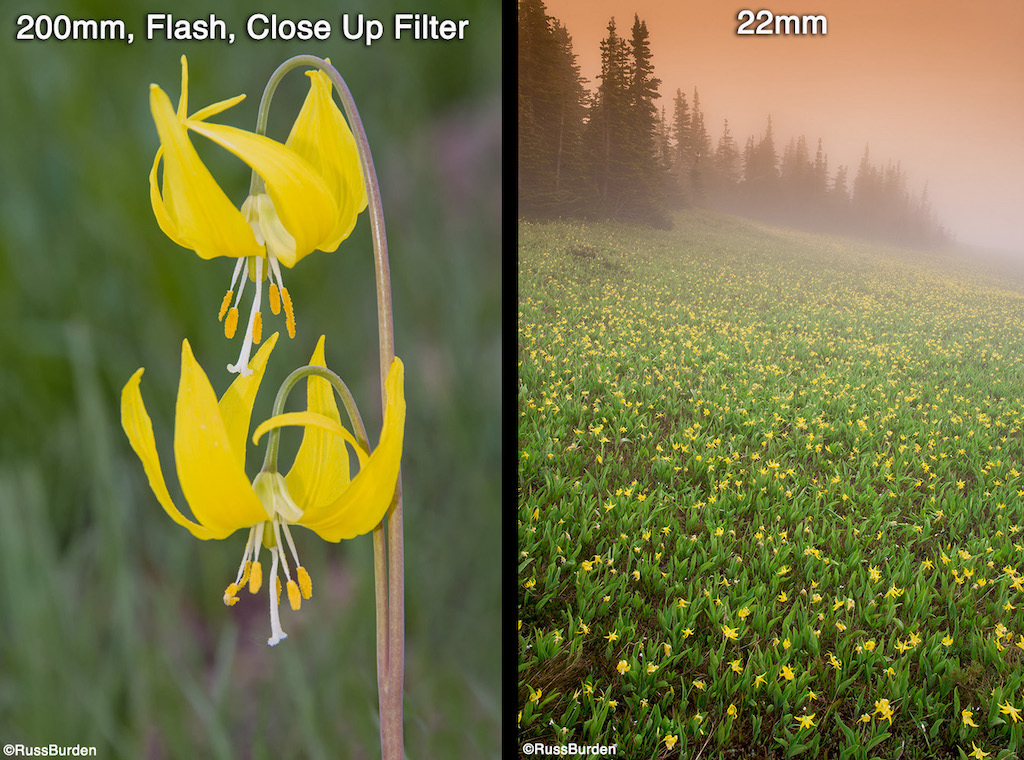
Each time you go into the field, it’s impossible to predict everything you’ll encounter. While it may be cumbersome to carry a lot of gear, given the unknown, I’m a believer that I’d rather have it than wish I needed it! It’s with this in mind that more often than not, I go out with a bit too much. Long story short, it has paid off more than it has hurt. I share with you a number of ways I’m a staunch proponent of preparation, preparation, preparation. Preparation in photography is key.
Carry A Good Quality Versatile Zoom
Zoom lens ranges keep extending and their quality keeps getting better. What used to be referred to as “kit” lens quality and range, many now provide good optics. I do suggest you do your due diligence and research those that seem too good to be true. This being stated, some of the newer, high-end 18-200mm lenses provide corner-to-corner sharpness and are more than capable of providing excellent images. If weight is an issue or you’re just heading out on an everyday adventure, do look into some of these diverse lenses.
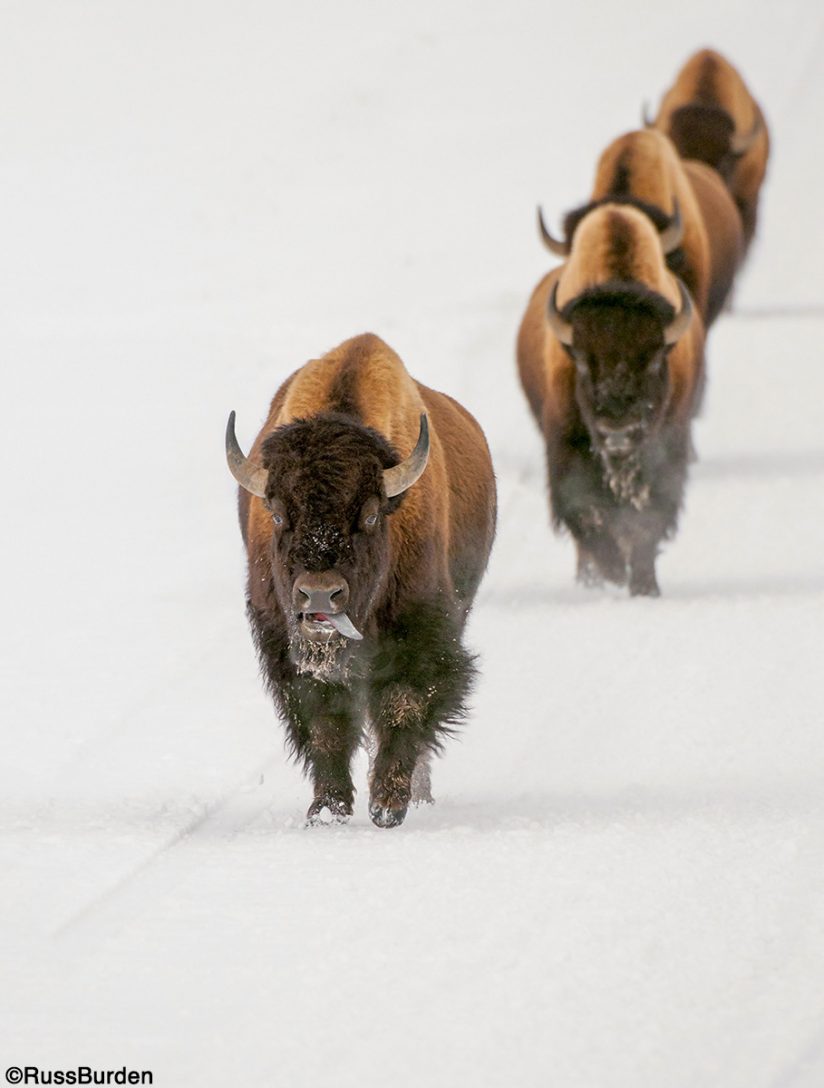
React Spontaneously
It’s essential you know your equipment inside and out. When a situation changes quickly, you don’t want to fumble through settings or spend time thinking “Where is that button?” or “How do I change that feature? With wildlife, a raptor may suddenly pounce upon its prey, an event may suddenly unfold before your eyes or the light may change in an instant. Do you have a process that has become second nature if you have to change a lens? Can you predict you’ll need to attach a given filter? Are you able to change the ISO on the fly? If you didn’t answer “yes” to all of the above, it’s time to become more prepared. Don’t miss the shot.
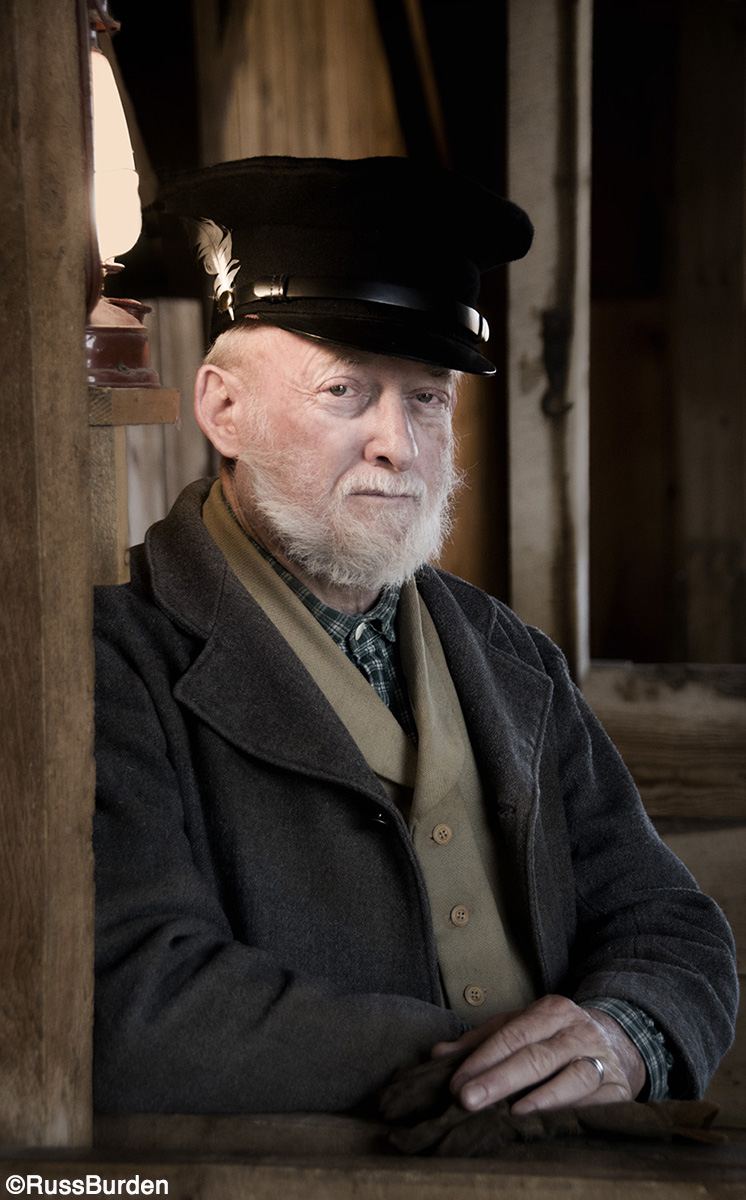
Carry Your Camera Everywhere
I know it’s not practical to always have your camera, but how many times have you been out walking, driving to or from work, sitting in the backyard or walking the dog and wish you had your camera because you saw something that would have made a great shot? I don’t expect you to now always carry one, but how about just some of the time? Without the camera, the guarantee is you don’t get the shot. The photo of the man in the black train hat was made while I lead my sixth graders on a field trip. I saw the light, the setting and the subject and immediately thought that could be a good shot. I’m glad I had my camera.
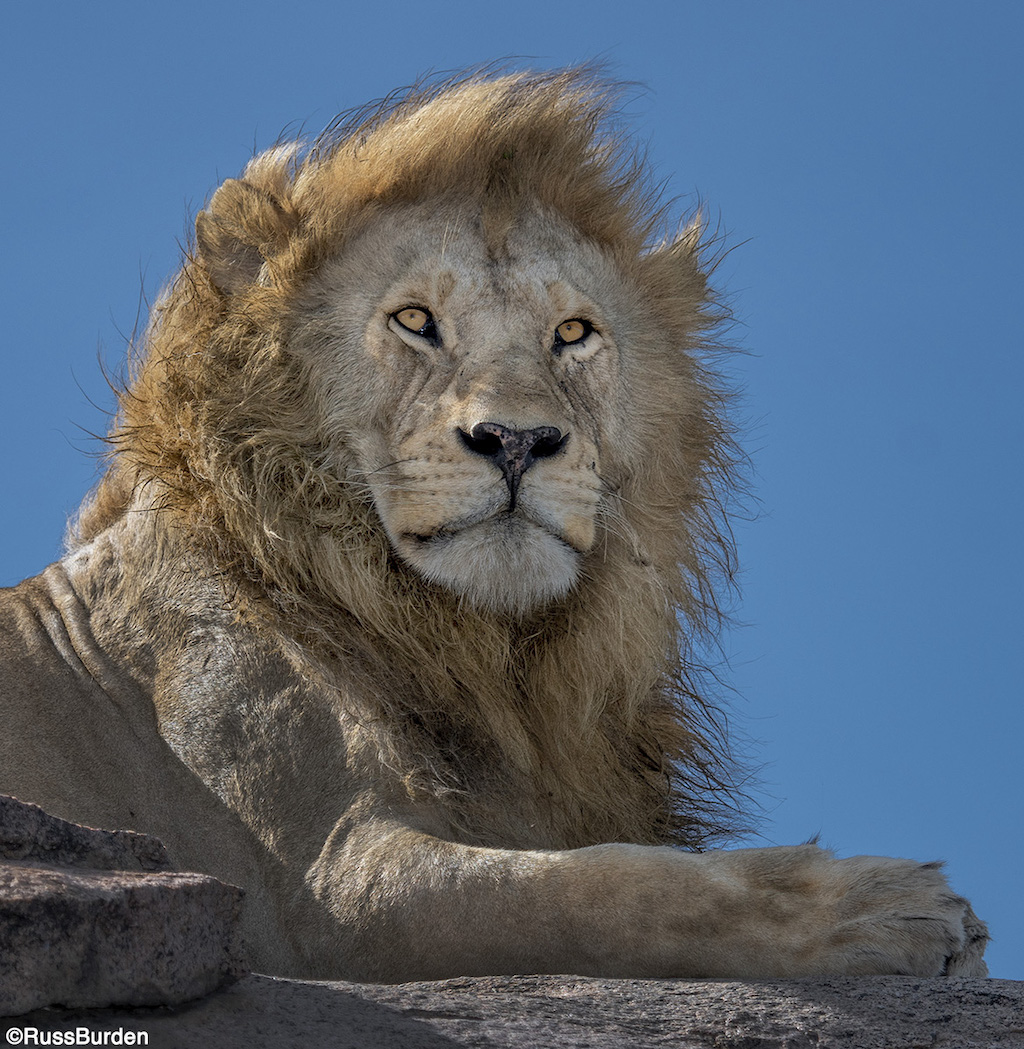
The Friendly Flash
I always carry a flash—it’s a dear photo friend. I use it to fill in shadows on wildlife, soften contrast, accent flowers in a scenic, add catchlights to eyes and as a main light indoors. It’s one of the most underused and underrated pieces of photo gear. The lion’s face was in total shadow. I used flash to illuminate all the dark areas. I balanced the amount of flash output with the rest of the ambient light, which also helped saturate the blue in the sky—a total win. Preparation is key.
To learn more about this subject, join me on a photo safari to Tanzania. Visit www.russburdenphotography.com to get more information.
The post Preparation In Photography Is Key appeared first on Outdoor Photographer.











